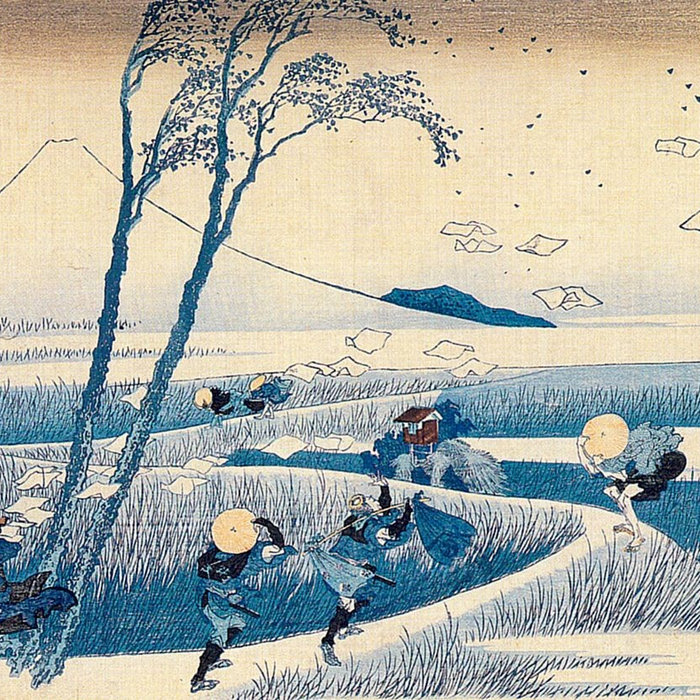
Onna No Yuujou (1934 Edit) – R Vincenzo
this blog is GROOVY – check out great Soul, Funk, Jazz, Hip Hop, Bass, Breaks , Reggae, House n many more TUNES
Alright, music lovers and groove enthusiasts! Let’s take a ride through the colorful history of one of the most innovative sounds to ever hit our ears – sample-based music, also known as máquina de samples. From its humble beginnings in dingy basements to dominating charts worldwide, sample music has been shaking things up since day one. So strap on your dancing shoes; it’s time to boogie down memory lane!
The late 1960s marked the dawn of sampling, with artists experimenting by recording their own sounds and layering them together. But it was in the 1970s when things really got cooking. Enter hip-hop—where DJs like Kool Herc began looping break beats from funk records, creating a pulsating rhythm that called folks to the dance floor.
Funny Fact: Did you know that back then DJing was about cutting and mixing records? Some DJs became so skilled that they could create new pieces live without any digital magic—just pure vinyl wizardry! Herc would sometimes have two copies of a record just to keep those jams spinning endlessly!
Fast forward to the 1980s: enter sampling machines! Mighty devices like the Akai MPC took center stage, allowing artists to capture snippets from all over—be it jazz solos or classic rock riffs. Suddenly, every bedroom producer could turn into a mad scientist of sound creation.
Ohh la la! This era gave birth to some iconic tracks that still make heads bob today. Think “Rapper’s Delight” by Sugarhill Gang—it had everybody singing along while pulling funky moves on dance floors everywhere!
Funny Fact: In an epic twist of fate, many musicians didn’t even realize they were making hits at first! The original producers often worried about copyright issues rather than basking in their newfound fame.
With great power comes great responsibility—or should we say creativity? In the ‘90s, legendary figures such as DJ Premier and Dr. Dre elevated sampling into high art amidst growing debates over copyright laws. They crafted masterpieces using snippets from old records sprinkled with fresh beats—a technique rich enough caramel for anyone’s ear drums.
Speaking of Dr. Dre, have you heard how he famously sampled “Nautilus” by Bob James but didn’t credit him until much later? Oopsie daisy! That track got tons more spins because everyone wanted those smooth vibes in their playlists!
As time went on into the new millennium, technology blasted off like never before! Software programs replaced hardware machines; now anyone could be a producer armed with nothing but a laptop and killer instincts.
Sample packs flooded SoundCloud—and before long—the internet birthed entire genres based around free-to-use audio clips for budding creators everywhere seeking sonic bliss without breaking banks or credits!
Funny Fact: Ever heard about Chopped & Screwed? It originated outta Houston thanks mainly due—to DJ Screw who was too chill for regular tempos and decided slowing everything down made it cooler… And boy did he prove his point right there!
Sampling is no longer confined solely within hip-hop borders anymore; oh no my friends—different flavors sprung up across genres:
The beauty lies there—for each style reflects unique ideas drawn together through creative enthusiasm sans rules holding them back… How invigorating is that!?
It wouldn’t be a proper celebration without some light-hearted anecdotes related directly toward these quirky characters operating said equipment:
Legendary artist Beastie Boys hilariously claimed they once used kitchen appliances’ sounds during meetings brainstorming ideas before heading towards studio sessions!
Ever heard tales surrounding David Byrne dropping cassette tapes filled only with random noises taking inspiration right outside his apartment window?! Talk about thinking outside traditional boxes…
And let’s not forget J Dilla – widely revered among beatmakers who actually produced tracks while falling asleep mid-session because his passion knew NO bounds !!
From raucous parties lit under neon lights rocking hip-hop influences & eclectic mixes generating unforgettable experiences—we can safely say sample-driven culture continues thriving stronger than ever before.
Through creative minds utilizing pioneering tools elevating musical expressions unlike anything else witnessed till today… remember however groovy your rhythms may get always stay aware respect original sources behind sampled gems keeping this vibrant community alive moving forward hand-in-hand honoring past legends past alike ‼️🎶✨

Onna No Yuujou (1934 Edit) – R Vincenzo